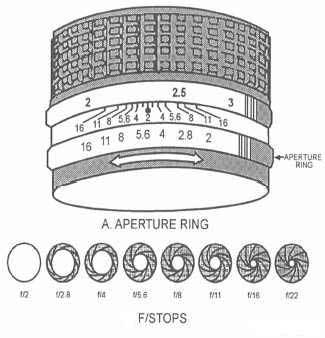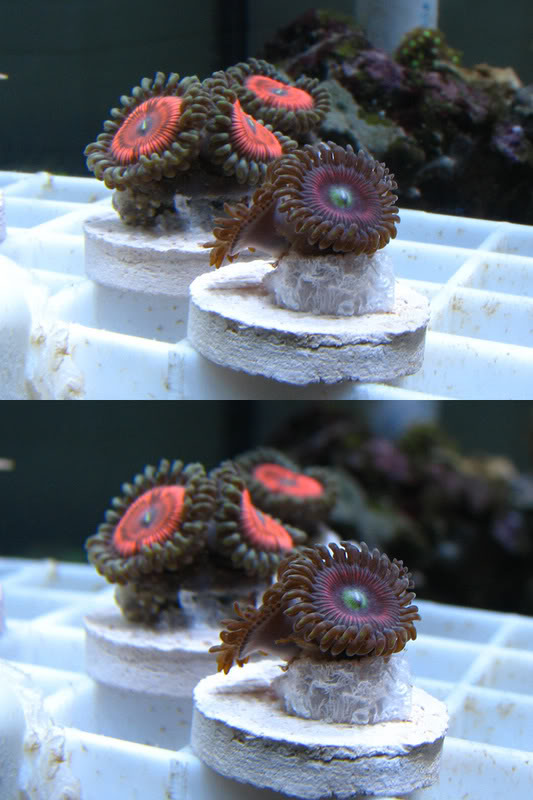- Joined
- Mar 7, 2007
- Messages
- 271
- Reaction score
- 1
Most likely, the most important thing for a new photographer to learn and understand is aperture and how it can change the look of a finished picture. The aperture is simply a series of blades within the lens that are able to constrict or expand in the pattern of a circle. This action controls the amount of light that is able to reach the film or image sensor within the camera and controls image sharpness and depth of field as well as minor corrections to lens aberrations. This function is similar to the iris in your eye. Think about what happens when you walk from a very dark room into one that is extremely bright. Your iris will go from a very large opening to one that is very small to limit the amount of light entering the eye. This same action when done with your camera lens is referred to as “stopping downâ€.
Because aperture settings are listed in fractions they are referred to as “f-stopsâ€. Each f-stop controls the light in a ratio of 2 to 1. Here is where it can get confusing to some people. The larger the f-stop number is, the smaller the diameter of the aperture opening will be. . For example, if you change the f-stop from 5.6 to 8 you have limited the amount of light reaching the image sensor (or film for us old guys) by half.

Hence, when you hear someone refer to “stopping downâ€, they are actually using a higher f-stop number which lessens the amount of light. Confused yet? I know I was.
As I continue this missive, I will explain how aperture affects depth of field, what depth of field is as well as image sharpness.
Because aperture settings are listed in fractions they are referred to as “f-stopsâ€. Each f-stop controls the light in a ratio of 2 to 1. Here is where it can get confusing to some people. The larger the f-stop number is, the smaller the diameter of the aperture opening will be. . For example, if you change the f-stop from 5.6 to 8 you have limited the amount of light reaching the image sensor (or film for us old guys) by half.

Hence, when you hear someone refer to “stopping downâ€, they are actually using a higher f-stop number which lessens the amount of light. Confused yet? I know I was.
As I continue this missive, I will explain how aperture affects depth of field, what depth of field is as well as image sharpness.

















